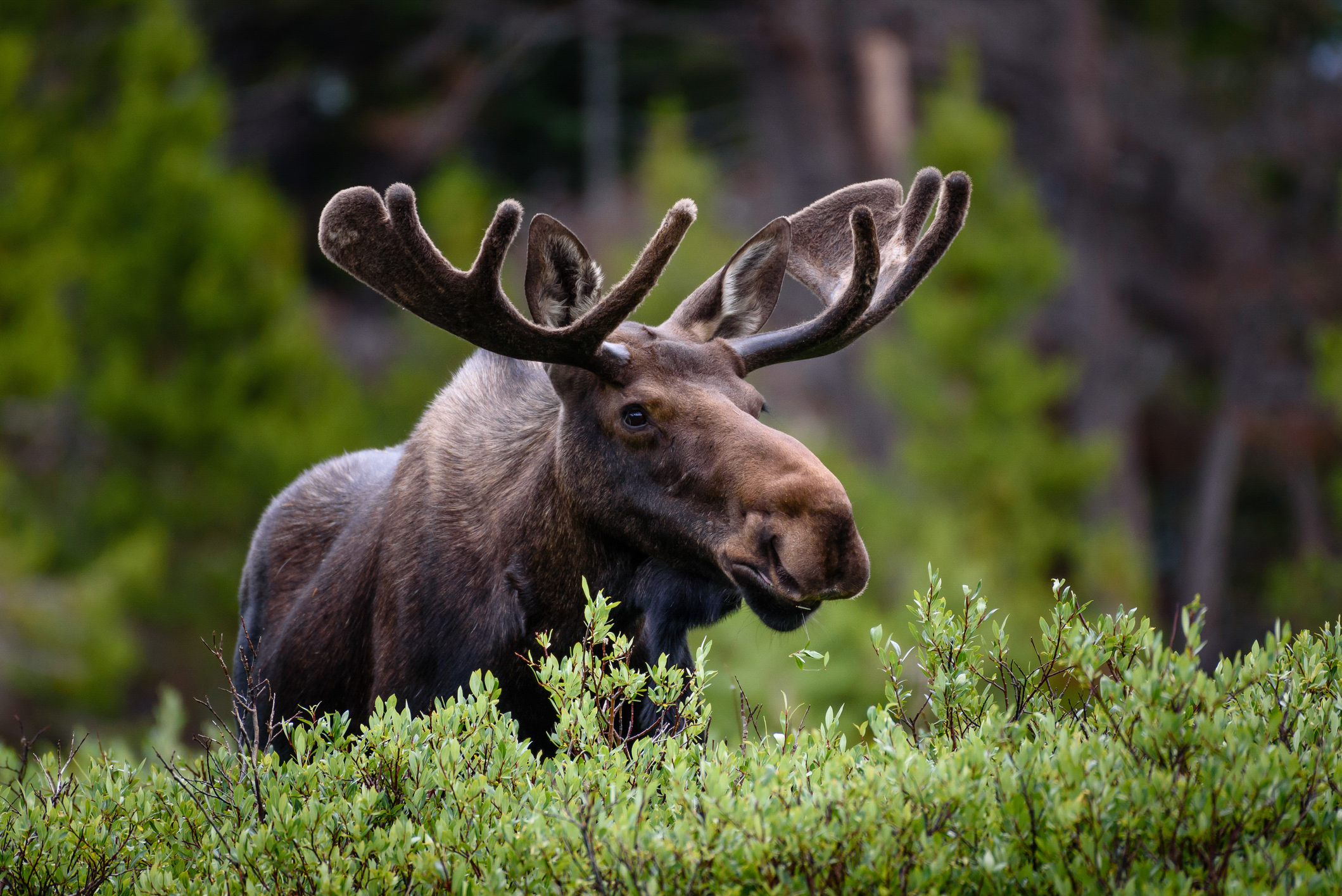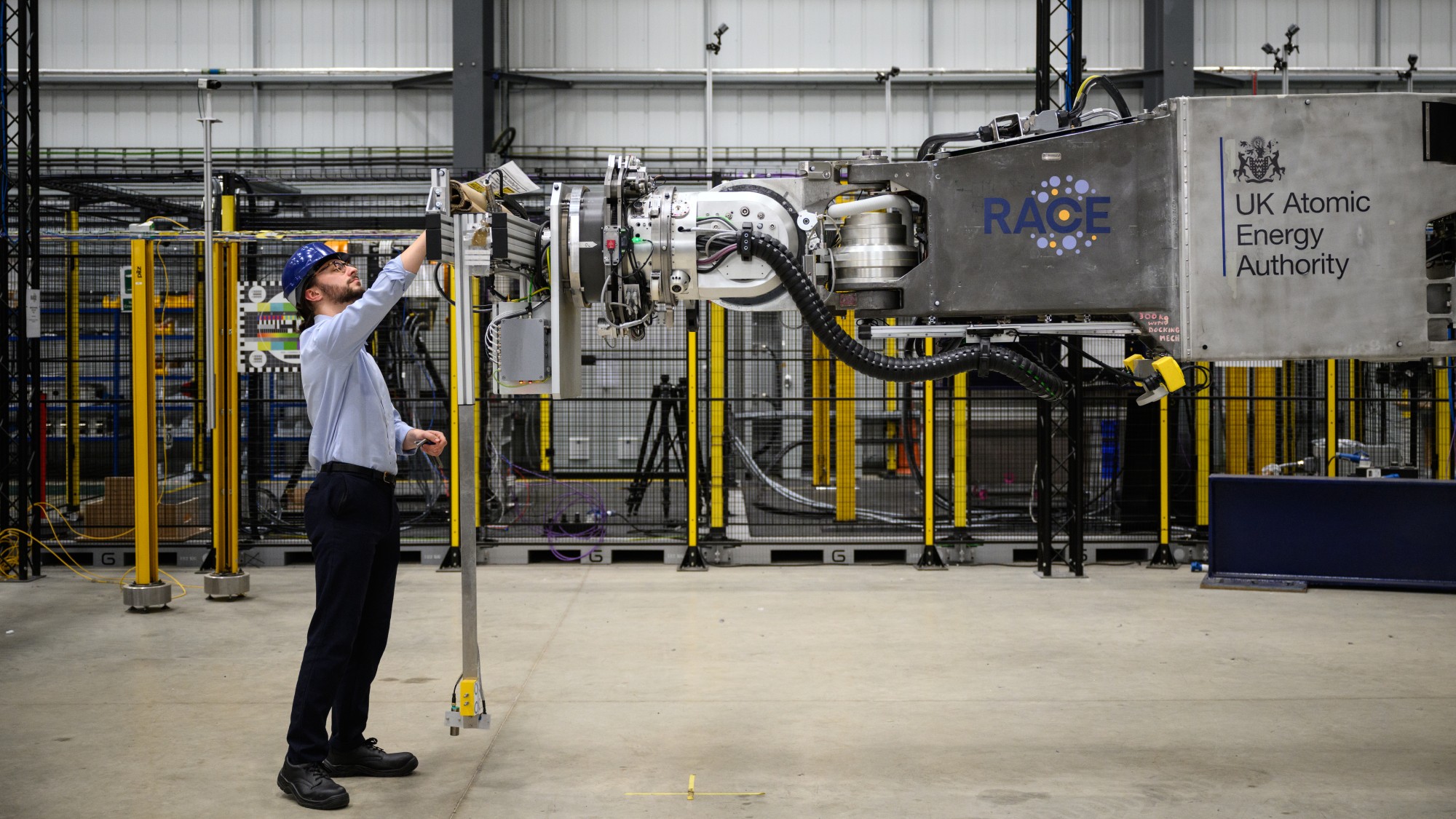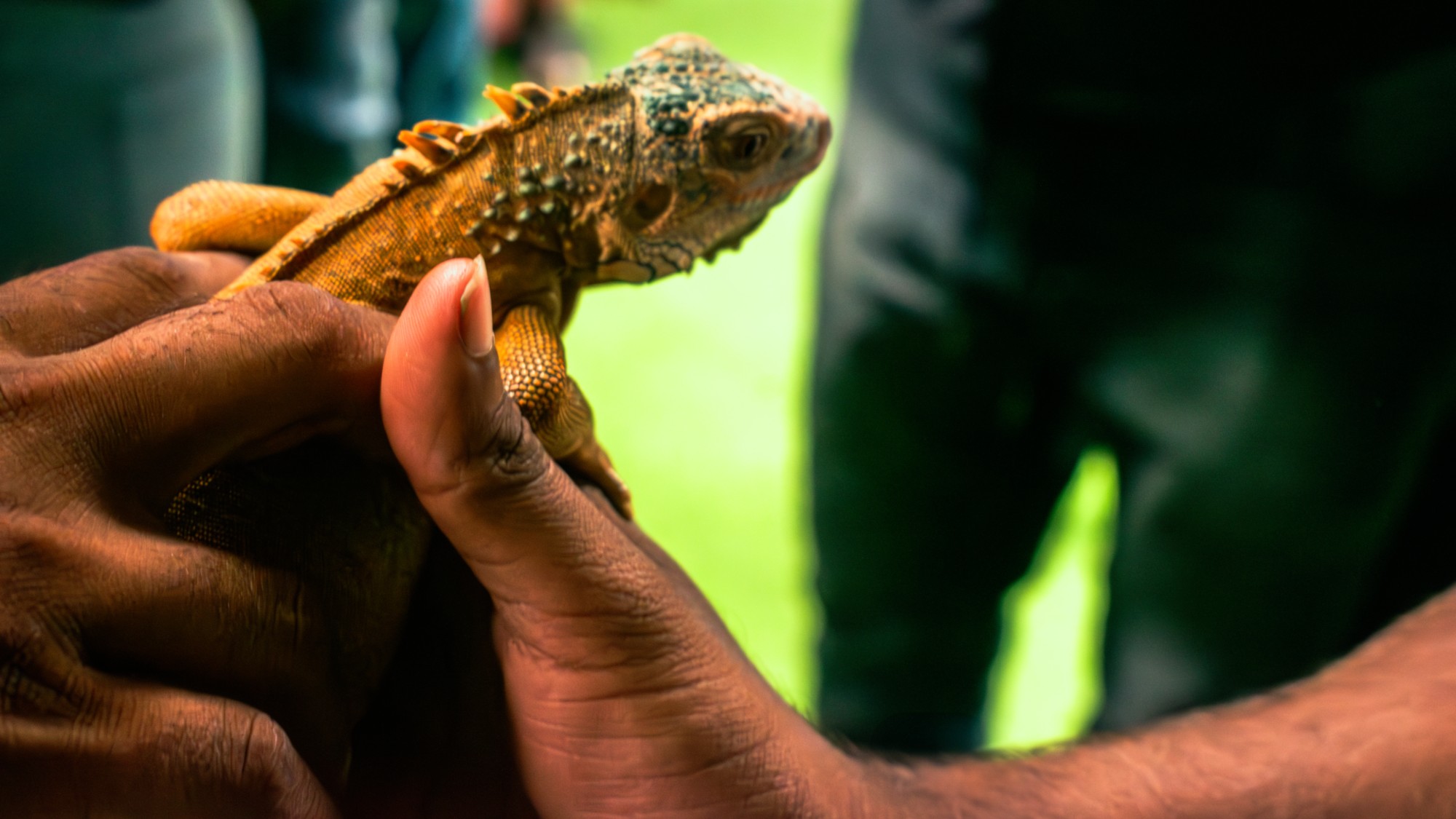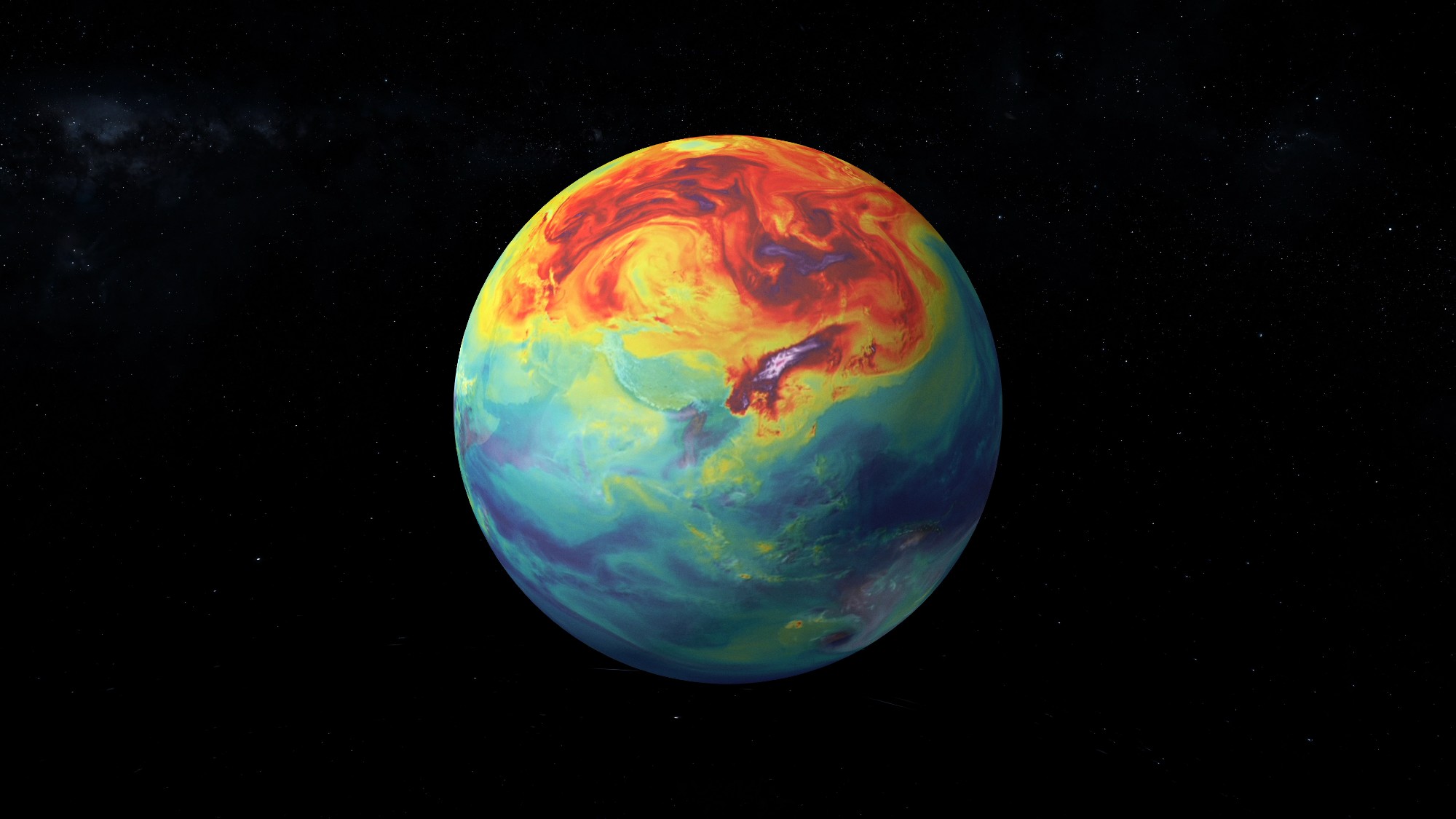Moose eat so much, they may be worsening climate change


Research has found that moose may actually be contributing to climate change. The mammal's enormous appetite (eating up to 60 pounds per day!) may actually be reducing forests' ability to store carbon, The Washington Post writes.
"It was really a surprise to see how much moose can influence vegetation growth, the carbon cycle, and the climate system," said co-author of the study Xiangping Hu in a news release. Moose reportedly consume 10 percent of the Norwegian forestry industry's yearly harvest as well as "alter land cover properties ... with direct implications for the climate," per the report.
"Moose are an ecosystem engineer in the forest ecosystem," said Gunnar Austrheim, one of the study's co-authors, adding that they "strongly impact everything from the species composition and nutrient availability in the forest." Along with eating forest trees which act as carbon sinks, moose feeding also impacts surface albedo or "fraction of reflected solar energy radiation." As the animals eat the trees, they allow more light to reflect off the forest floor, cooling it until the canopy regrows.
The Week
Escape your echo chamber. Get the facts behind the news, plus analysis from multiple perspectives.

Sign up for The Week's Free Newsletters
From our morning news briefing to a weekly Good News Newsletter, get the best of The Week delivered directly to your inbox.
From our morning news briefing to a weekly Good News Newsletter, get the best of The Week delivered directly to your inbox.
Moose have been found to benefit the forestry industry by eating deciduous trees and leaving the coniferous species, which tend to get harvested. "So moose to some extent, are helping them because they're reducing competition," explained Francesco Cherubini, also an author of the study. However, this is not necessarily good for climate change because it reduces the biodiversity of the region as well as the ability to hold carbon.
"I think as we get more of an understanding of how all these different things are interrelated, land managers could come up with an optimal plan," Cherubini remarked. "That could be a much-needed win-win solution for climate, for biodiversity, and for timber value."
A free daily email with the biggest news stories of the day – and the best features from TheWeek.com
Devika Rao has worked as a staff writer at The Week since 2022, covering science, the environment, climate and business. She previously worked as a policy associate for a nonprofit organization advocating for environmental action from a business perspective.
-
 Why is Trump’s alleged strike on Venezuela shrouded in so much secrecy?
Why is Trump’s alleged strike on Venezuela shrouded in so much secrecy?TODAY'S BIG QUESTION Trump’s comments have raised more questions than answers about what his administration is doing in the Southern Hemisphere
-
 Vance’s ‘next move will reveal whether the conservative movement can move past Trump’
Vance’s ‘next move will reveal whether the conservative movement can move past Trump’Instant Opinion Opinion, comment and editorials of the day
-
 Why recognizing Somaliland is so risky for Israel
Why recognizing Somaliland is so risky for IsraelTHE EXPLAINER By wading into one of North Africa’s most fraught political schisms, the Netanyahu government risks further international isolation
-
 How climate change is affecting Christmas
How climate change is affecting ChristmasThe Explainer There may be a slim chance of future white Christmases
-
 Blue Origin launches Mars probes in NASA debut
Blue Origin launches Mars probes in NASA debutSpeed Read The New Glenn rocket is carrying small twin spacecraft toward Mars as part of NASA’s Escapade mission
-
 Why scientists are attempting nuclear fusion
Why scientists are attempting nuclear fusionThe Explainer Harnessing the reaction that powers the stars could offer a potentially unlimited source of carbon-free energy, and the race is hotting up
-
 Dinosaurs were thriving before asteroid, study finds
Dinosaurs were thriving before asteroid, study findsSpeed Read The dinosaurs would not have gone extinct if not for the asteroid
-
 Parthenogenesis: the miracle of 'virgin births' in the animal kingdom
Parthenogenesis: the miracle of 'virgin births' in the animal kingdomThe Explainer Asexual reproduction, in which females reproduce without males by cloning themselves, has been documented in multiple species
-
 Canyons under the Antarctic have deep impacts
Canyons under the Antarctic have deep impactsUnder the radar Submarine canyons could be affecting the climate more than previously thought
-
 SpaceX breaks Starship losing streak in 10th test
SpaceX breaks Starship losing streak in 10th testspeed read The Starship rocket's test flight was largely successful, deploying eight dummy satellites during its hour in space
-
 NASA is moving away from tracking climate change
NASA is moving away from tracking climate changeThe Explainer Climate missions could be going dark
